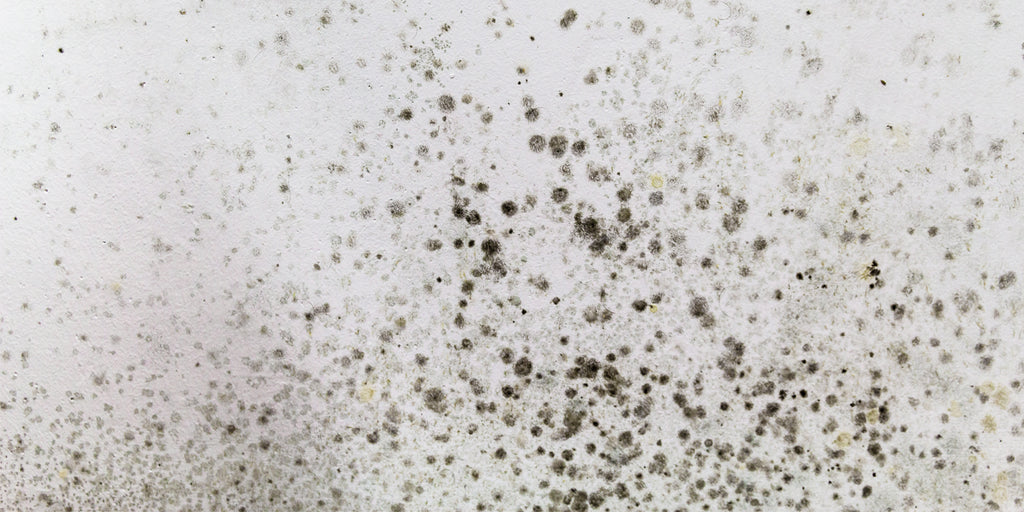We have spent a lot of time thinking about household mould. In fact, we have become quite the experts on the subject as we have developed the anti-bacterial properties of our paint range.
Mould is a common household problem caused by poor ventilation, leaks and other forms of moisture build-up around the home, and can be a serious health hazard if not dealt with.
The NHS warns that moulds produce allergens, irritants and, sometimes, toxic substances, and that inhaling or touching mould spores may cause an allergic reaction, such as sneezing, a runny nose, red eyes and skin rash. Moulds can also cause asthma attacks.
But did you know that there are many different kinds of household mould to be aware of?
Here’s five moulds that will invade households given the right conditions:
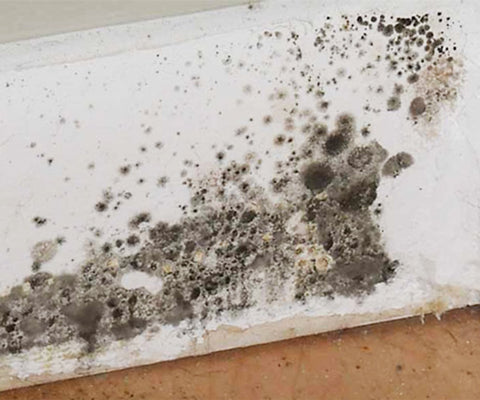
1. Alternaria
A dark green or brown colour, Alternaria is a common form of allergenic mould that tends to grow wherever dampness occurs, such as in bathrooms and around leaking sinks. It spreads quickly and can cause asthma-like symptoms if not dealt with swiftly.
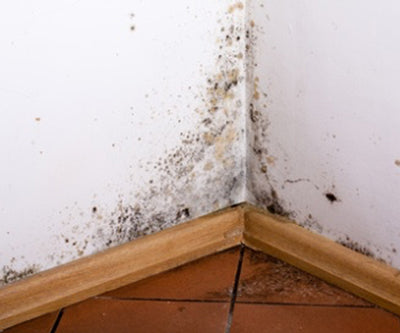
2. Aureobasidium
Sometimes found growing behind wallpaper or on painted or wooden surfaces, Aureobasidium can appear cream-coloured at first but then later turns dark brown or black. Aureobasidium should never be touched because it can lead to infections of the eye, skin and nails.
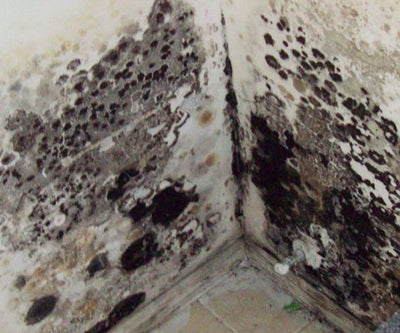
3. Chaetomium
Chaetomium is a mould found in water-damaged homes, usually in a damp or leaking roof, basement or sink. It comes in black splotches and has a musty smell. Wear a mask or respirator if you are clearing way chaetomium.

4. Fusarium
Known for eating away at plants and crops, fusarium can also develop indoors even at colder temperatures. It can grow on walls, ceilings and floors and can cause the type of typical problems associated with allergenic and toxigenic type of moulds – namely allergic reactions and infections.
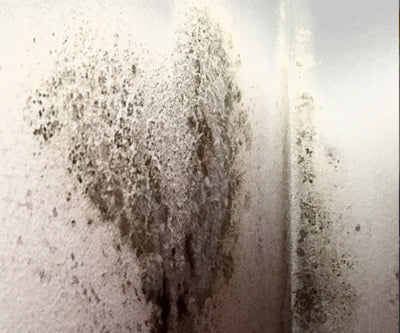
5. Stachybotrys
Also known as toxic black mould, stachybotrys can be extremely nasty if left untreated. This is because it produces mycotoxins – tiny fungal spores that enter the human body through inhalation, ingestion and even through the eyes and can cause problems with the reproductive system, vision, skin, the circulatory and respiratory systems.

